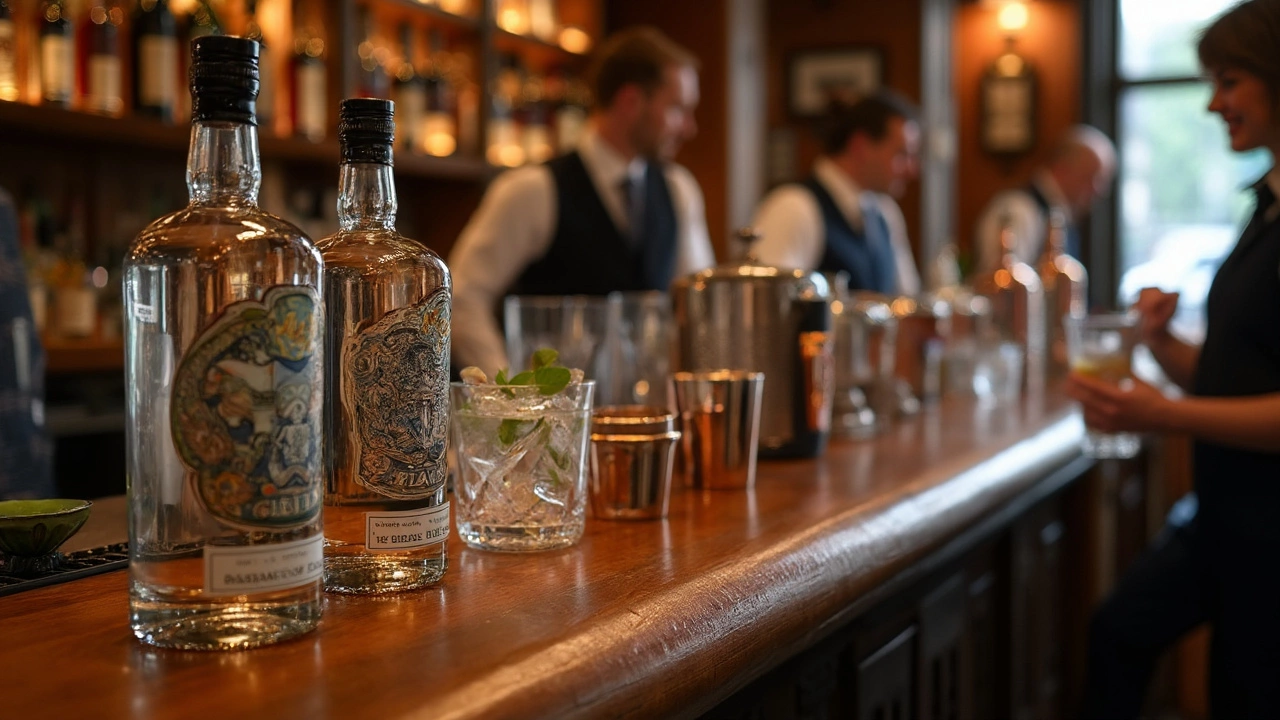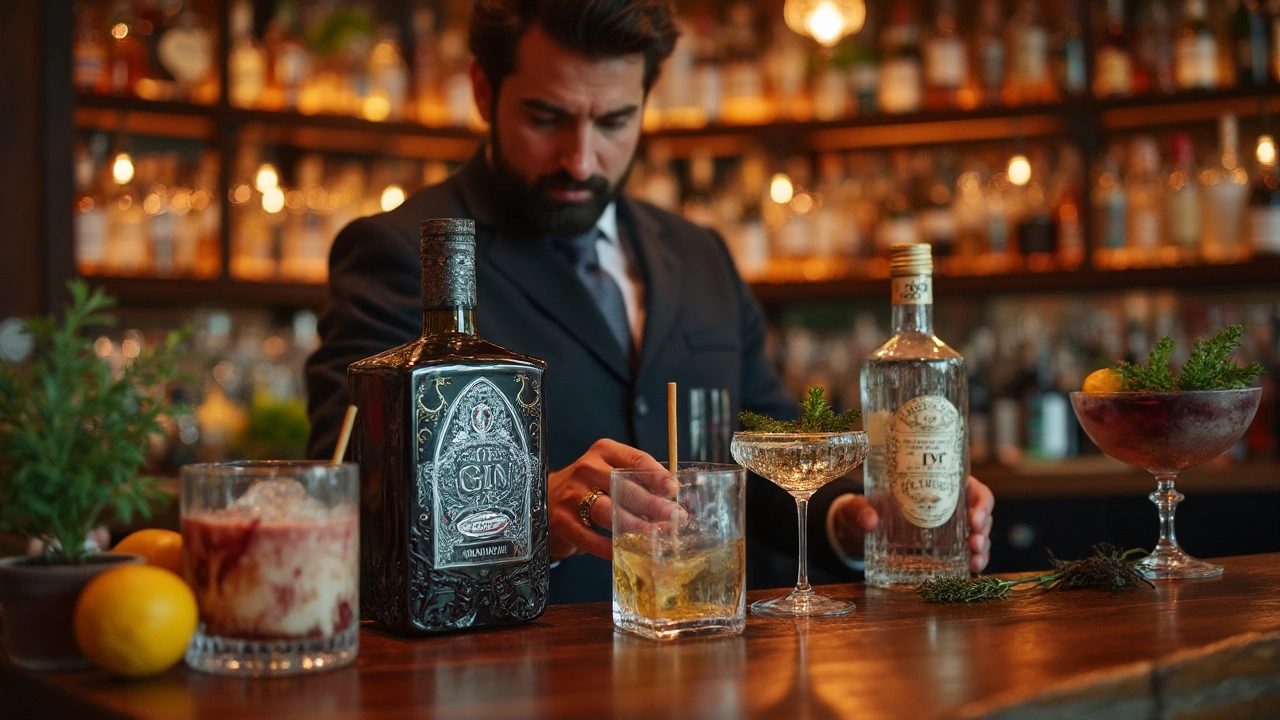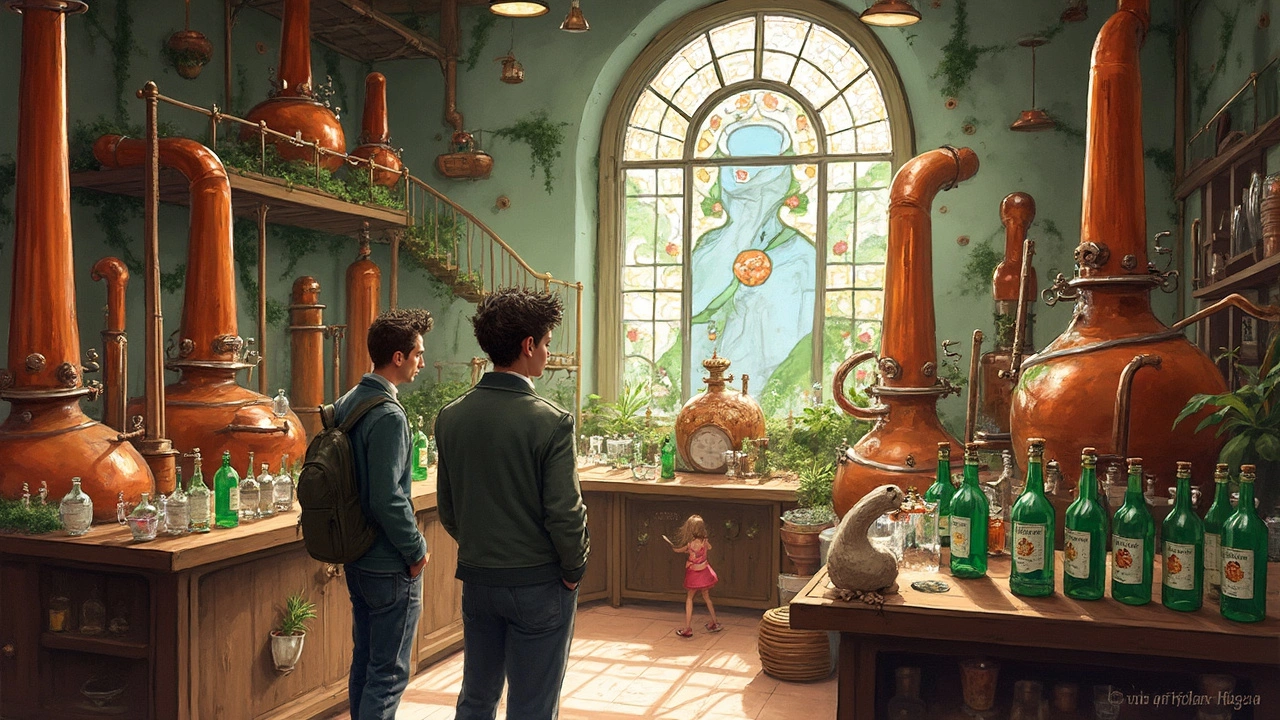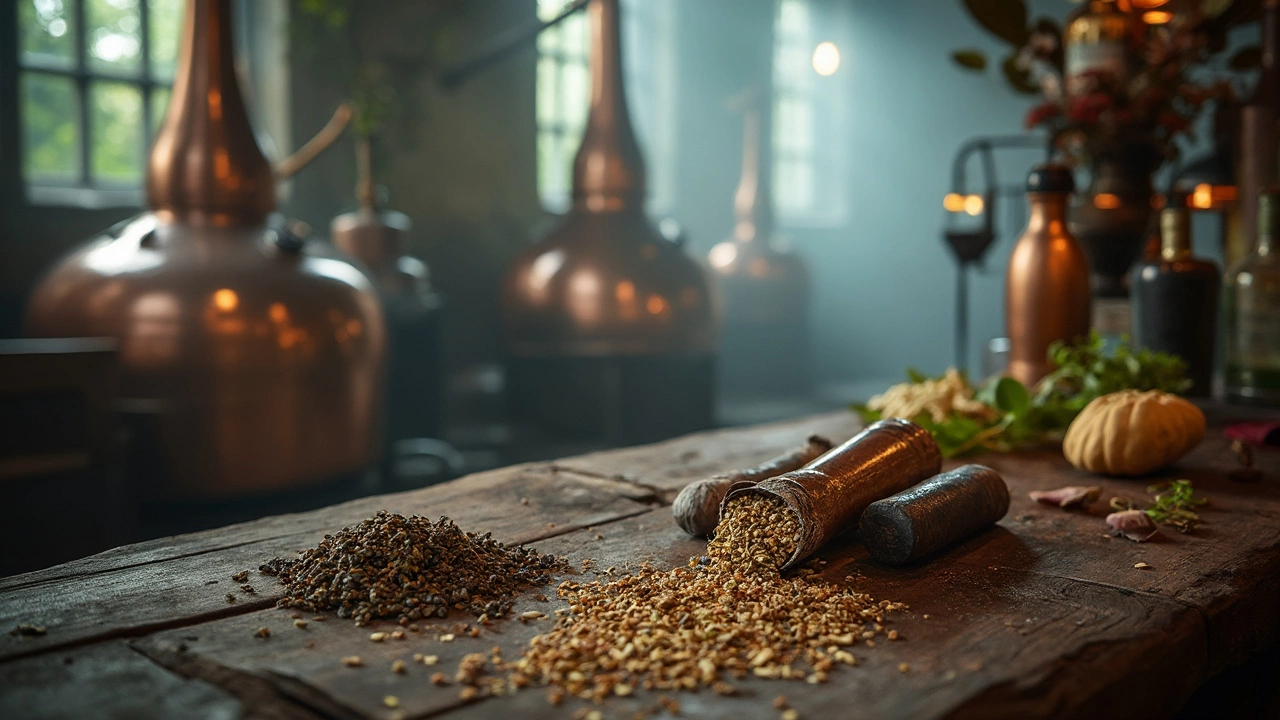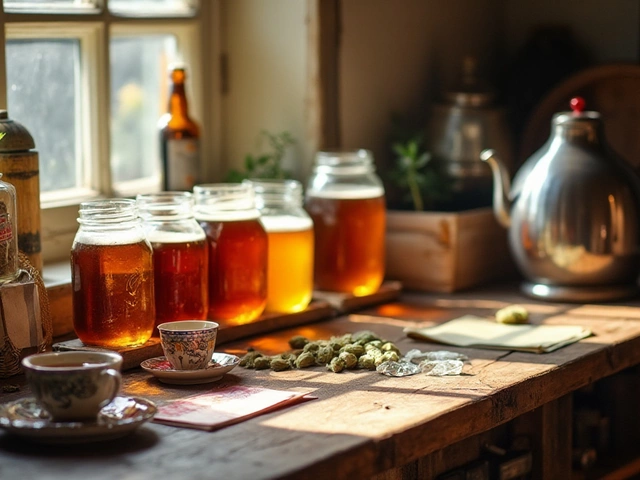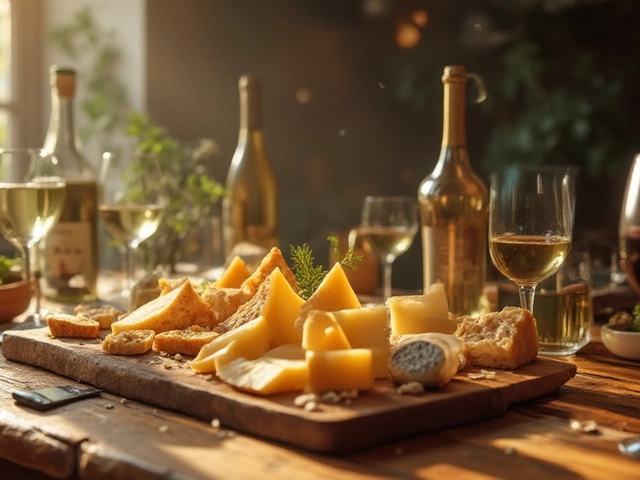Top Shelf Gin: Premium Picks, Tasting Tips & Best Cocktails
If you’ve ever wondered why some gins cost more than a bottle of wine, you’re not alone. The term “top shelf gin” isn’t just a marketing gimmick – it signals a higher level of quality, craftsmanship, and flavor depth. In this guide we’ll break down what sets premium gin apart, how to taste it like a pro, and which cocktails let those botanicals shine.
What Makes a Gin Top Shelf?
First off, a top shelf gin usually starts with a neutral spirit that’s distilled multiple times. Fewer impurities mean the botanicals can speak louder. The next step is the botanical blend. While classic London dry gins stick to juniper, premium brands experiment with exotic ingredients – citrus peels, rare herbs, even tea leaves. This variety creates a more complex aroma and taste profile.
Another hallmark is the distillation method. Small‑batch copper pot stills preserve subtle flavors that column stills might strip away. You’ll also notice that many high‑end gins age briefly in oak barrels or use “slow infusion” techniques, giving extra layers of vanilla, spice, or toasted notes. Finally, packaging matters – a well‑designed bottle often reflects the care put into the spirit.
How to Taste and Serve Top Shelf Gin
Tasting gin is similar to wine tasting: look, smell, sip, and think. Hold the glass up to the light and note the color – a pale straw hue usually means minimal aging, while amber hints at barrel influence. Swirl gently, then bring the glass to your nose. You should catch the initial burst of juniper, followed by citrus, floral, or earthy notes depending on the brand.
Take a small sip and let it coat your palate. Pay attention to the balance between the sharpness of the base spirit and the softness of the botanicals. A top shelf gin will feel smooth, not harsh, with a lingering finish that keeps you wanting another sip.
When serving, keep the glass clean and at room temperature. A classic gin & tonic works, but use a quality tonic water and a garnish that matches the gin’s flavor – lemon peel for citrus‑forward gins, cucumber for herbaceous ones. For a more refined experience, try a simple gin martini: 2.5 oz gin, 0.5 oz dry vermouth, a dash of orange bitters, stirred over ice, then strained into a chilled coupe. The garnish – an olive or a twist of lemon – should complement, not overpower.
Here are three cocktail ideas that let premium gin shine:
- Botanical Collins: gin, fresh lemon juice, simple syrup, club soda, and a sprig of rosemary.
- Spiced Negroni: equal parts top shelf gin, sweet vermouth, and Campari, finished with an orange peel.
- Ginger‑Pear Fizz: gin, pear puree, ginger syrup, lime juice, and sparkling water.
Pair these drinks with light appetizers – think smoked salmon, goat cheese crostini, or citrus‑marinated olives. The key is to match food that enhances the gin’s botanicals without drowning them.
Storing your gin properly extends its life. Keep the bottle upright, away from direct sunlight, and at a stable room temperature. Unlike wine, gin doesn’t improve with age, but it can develop off‑flavors if exposed to heat or light for too long.
When you’re ready to buy, look for a few clues: the distillery’s reputation, the number of times the spirit is distilled, and the ingredient list. Small‑batch producers often label their bottles with batch numbers or limited‑edition stamps – those are usually good signs of quality.
Bottom line: top shelf gin is about the marriage of pure spirit and thoughtful botanicals. By tasting mindfully, serving simply, and pairing wisely, you can enjoy the full spectrum of flavors these premium gins have to offer. So next time you’re at the bar or browsing online, treat yourself to a bottle that truly stands out on the shelf.
What does it mean when someone calls a gin brand 'top shelf'? This article breaks down exactly what makes a gin premium, names recognizable brands, and gives practical tips for spotting quality on your next distillery tour. We look at ingredients, techniques, and even the best ways to taste and enjoy gin like a pro. Anyone planning a distillery tour or looking to upgrade their home bar will get something useful here. Read on to discover what makes a bottle worthy of the top shelf.
View DetailsCurious about what makes a gin top shelf? This article breaks down the qualities that set premium gins apart and lists the bottles worth your attention. Discover real tips for spotting top shelf picks, from botanicals used to production techniques. Find out how gin distillery tours can give you a hands-on look at how your favorite bottles are made. By the end, you'll know exactly what to look for the next time you want something special in your glass.
View DetailsCurious whether Hendricks lives up to its top shelf reputation? This article digs into what makes a gin 'top shelf,' how Hendricks stacks up, and what to expect from a visit to their distillery. You'll learn handy tips for spotting quality gin and get a behind-the-scenes glimpse at Hendricks' quirky production. If you're looking for the real story on Hendricks and insider advice for your next distillery visit, you're in the right place.
View DetailsMonkey 47 is a unique gin brand that has captured the attention of gin enthusiasts around the world. With its distinct blend of 47 botanicals and a production process rooted in the heart of the Black Forest, many consider it a top-shelf choice. This article explores what sets Monkey 47 apart, delves into its flavor profile, and offers insights into distillery tours. Gin lovers will learn what makes this brand special and why it stands out in a crowded market.
View Details